
TRY THIS OUT! Look below for tips. Then go to the next slide.

- Keep both eyes open — with one eye looking through the tube and the other eye looking at your hand.
- Keep your hand right against the tube.
- Try different distances between your hand and your eye.
DISCUSS:
Why did it look like there was a hole in your hand? Any ideas?
Hint...
Try the experiment again. This time, find out what each eye sees by closing each eye one at a time (while keeping the other eye open).

QUICK EXPERIMENT (PART 1 of 4)
Teacher: choose a volunteer to quickly read these words out loud to the class.
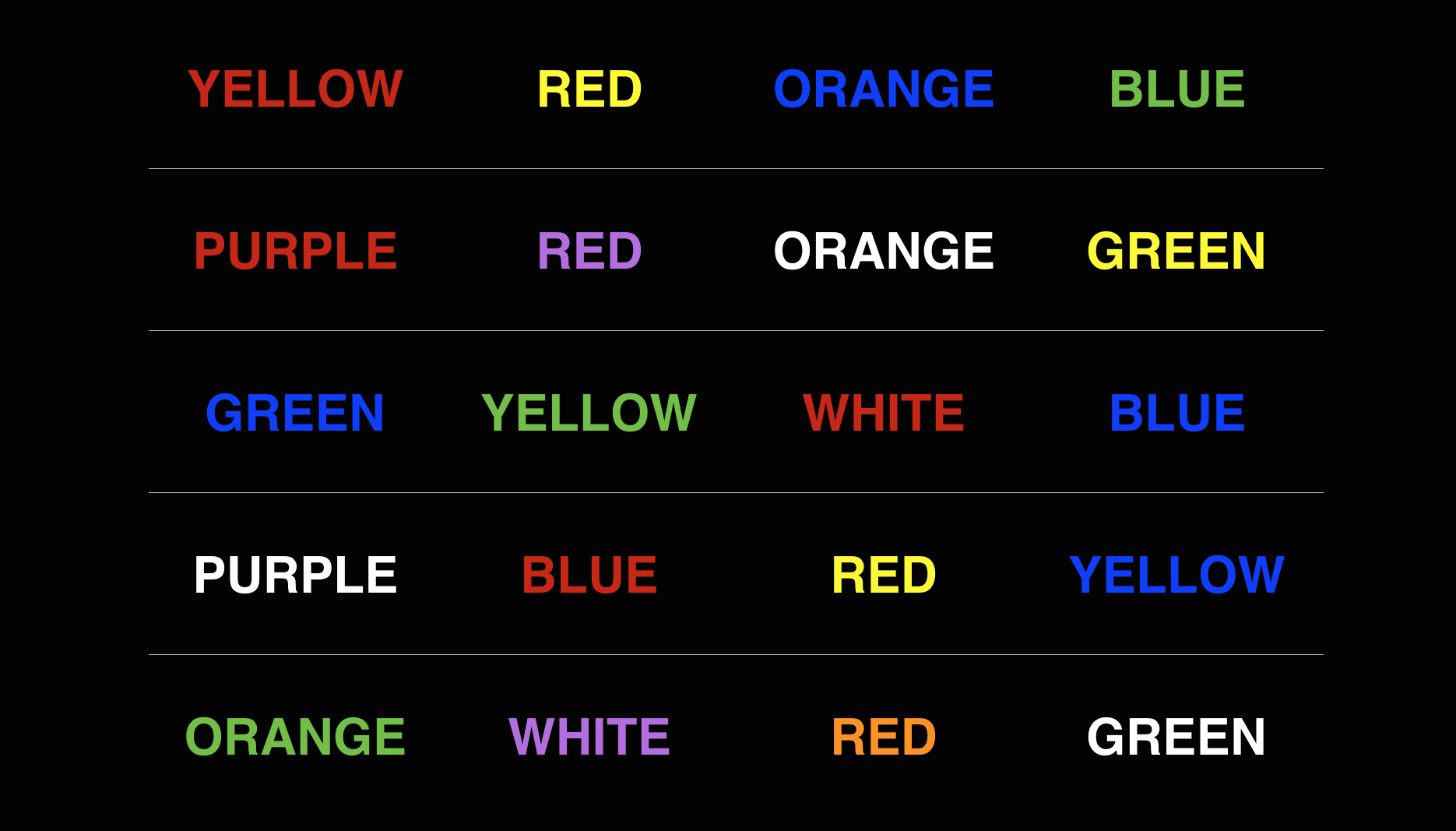
QUICK EXPERIMENT (PART 2 of 4)
Teacher: have the same volunteer say the COLOR of each word out loud. What do you notice?

QUICK EXPERIMENT (PART 3 of 4)
Now everyone try! Get into partners. Listen as your partner reads the words out loud. Then switch jobs.

QUICK EXPERIMENT (PART 4 of 4)
Now listen as your partner says the COLOR of each word. Make sure they get them all right! Then switch jobs.

DISCUSS:
Which task was harder--reading the words, or saying the colors?
Why do you think that one was so hard to do?















muscle
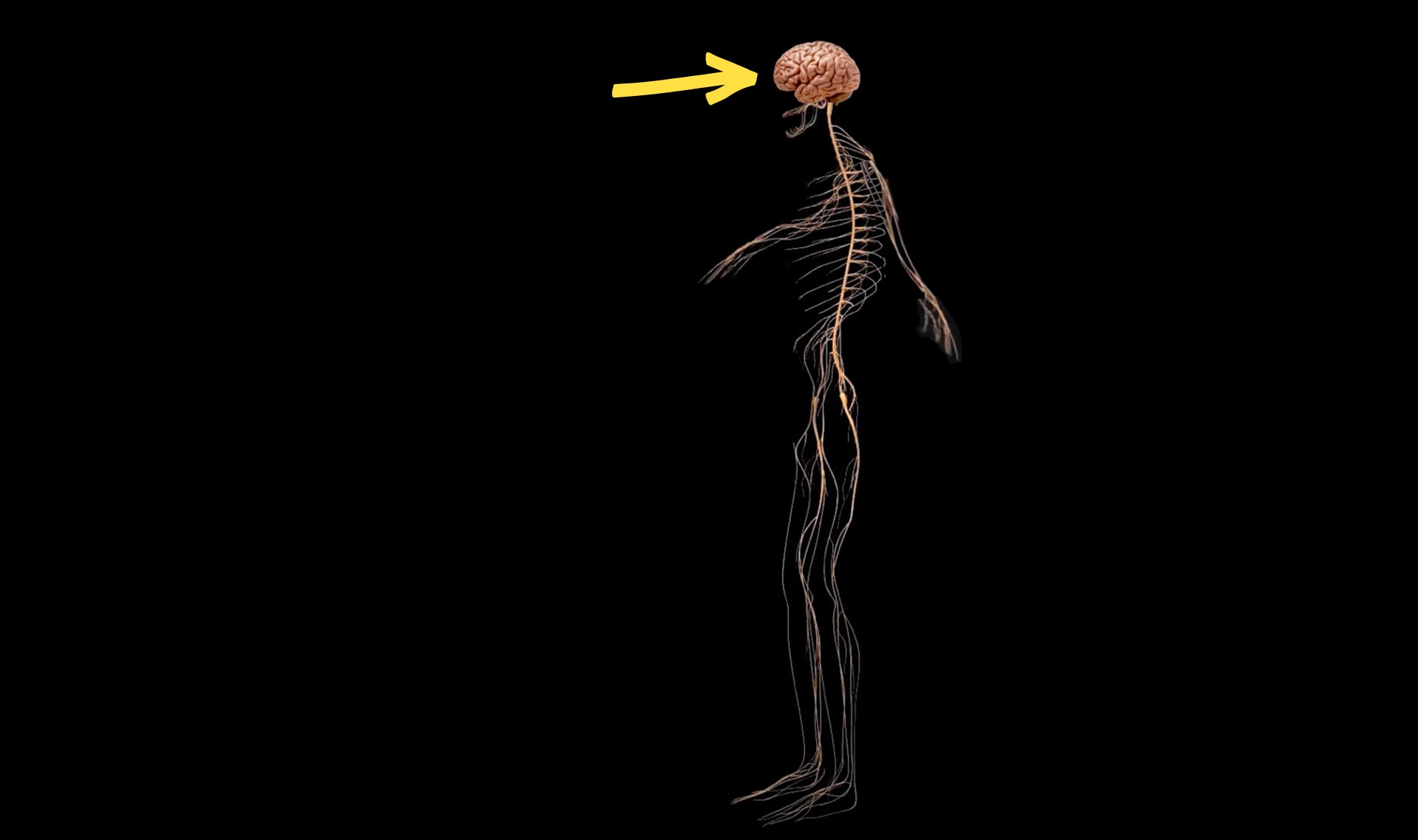
brain

nerves
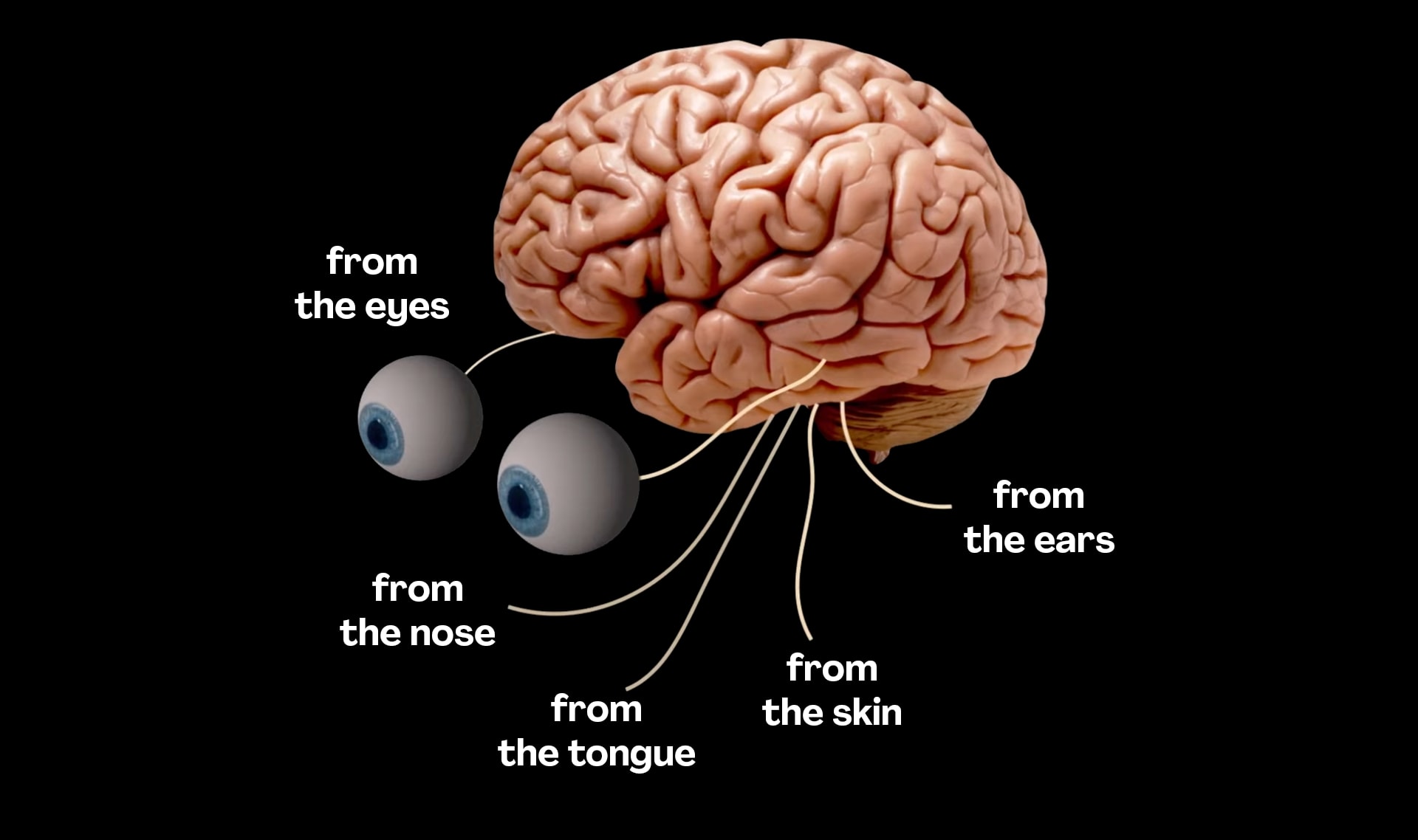
sensory nerves
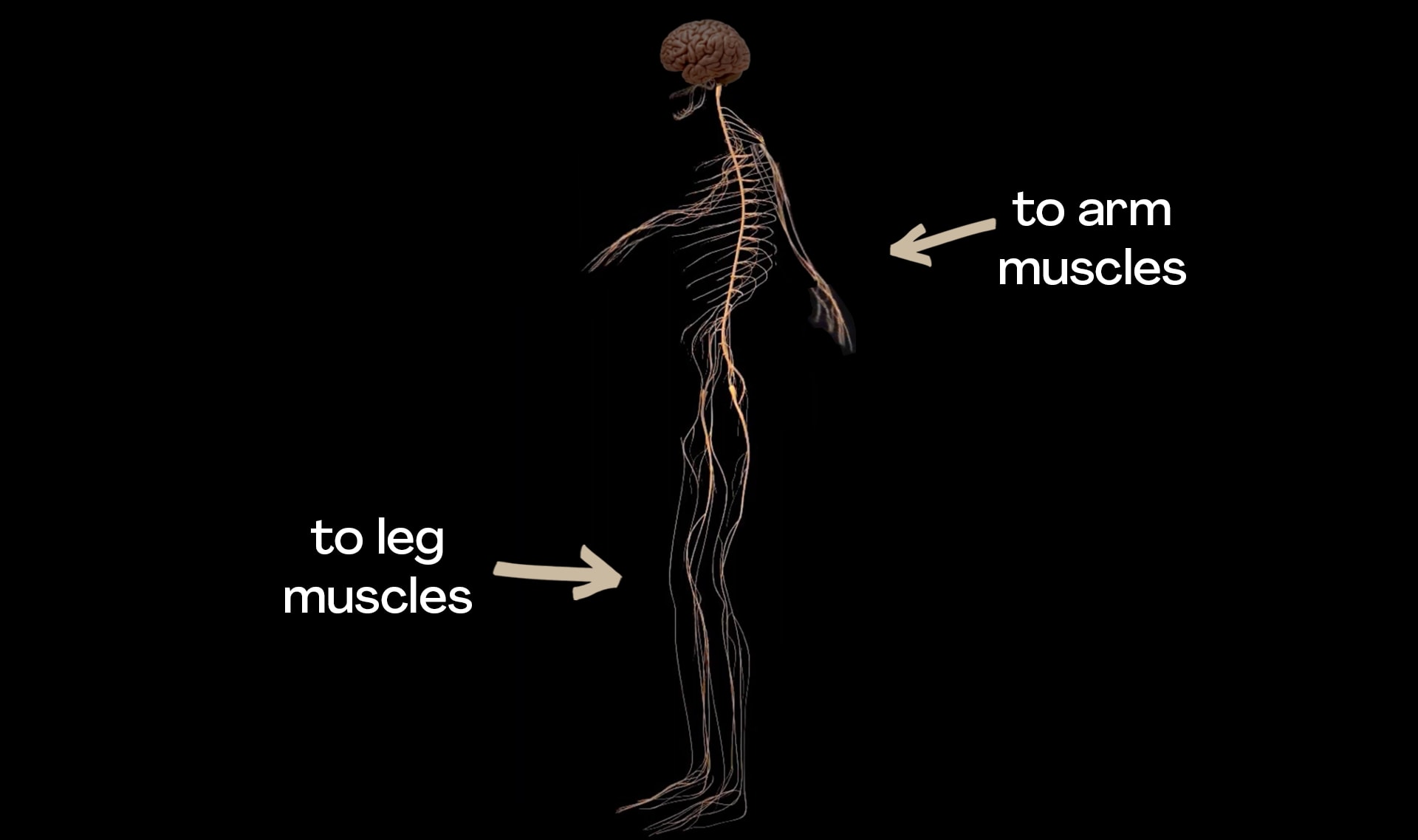
motor nerves

nervous system
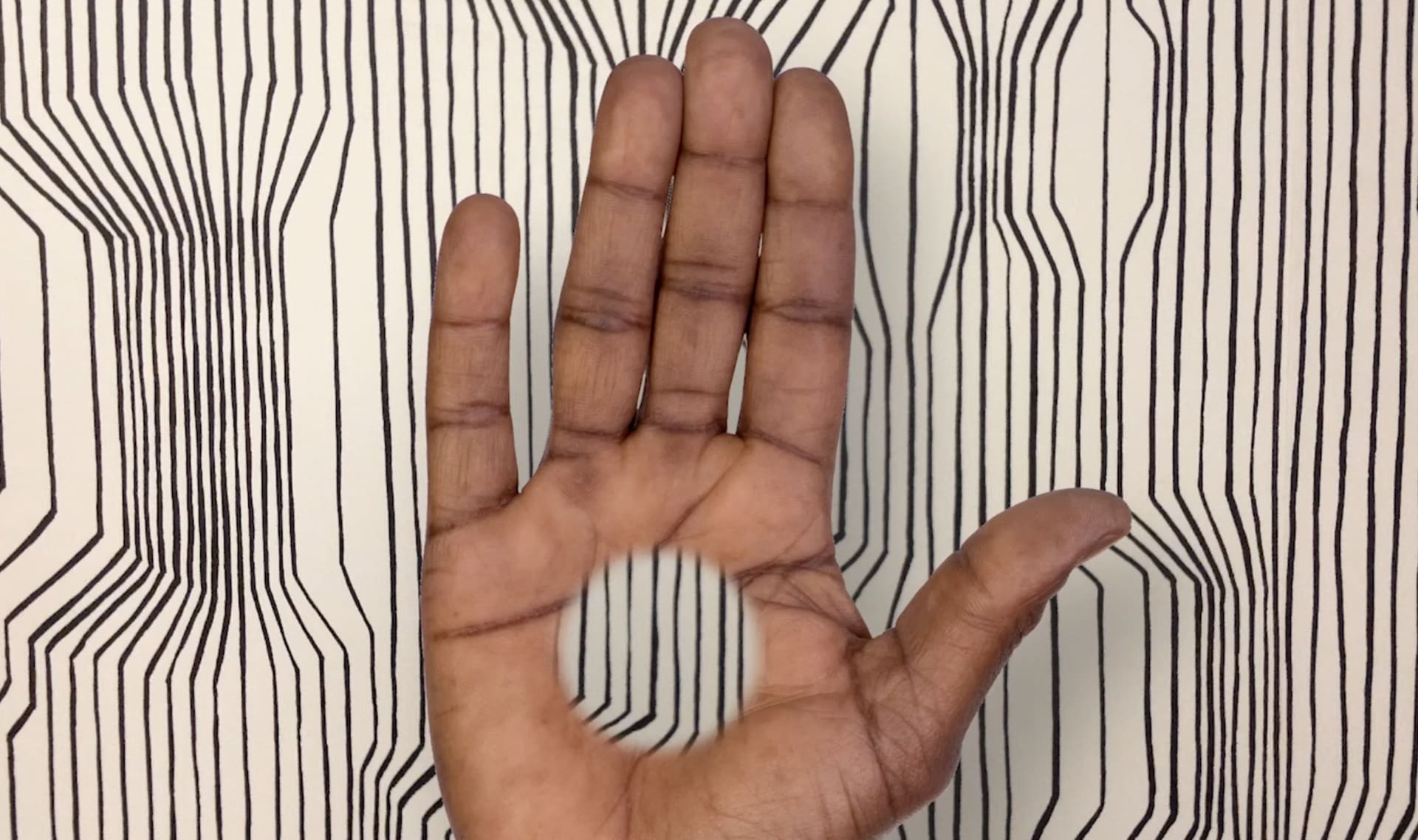
optical illusion

experiment




